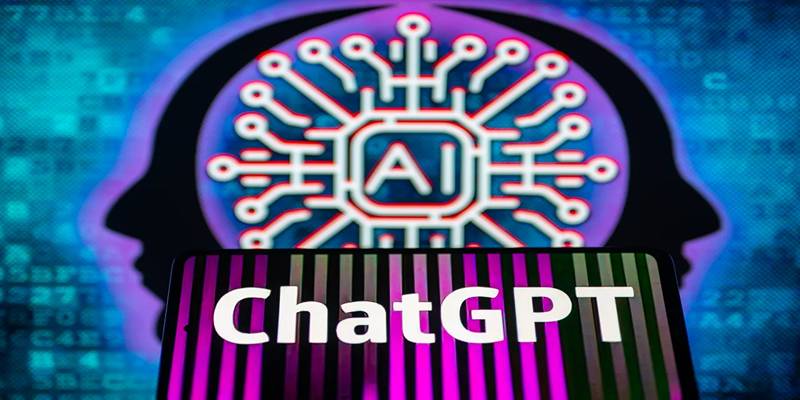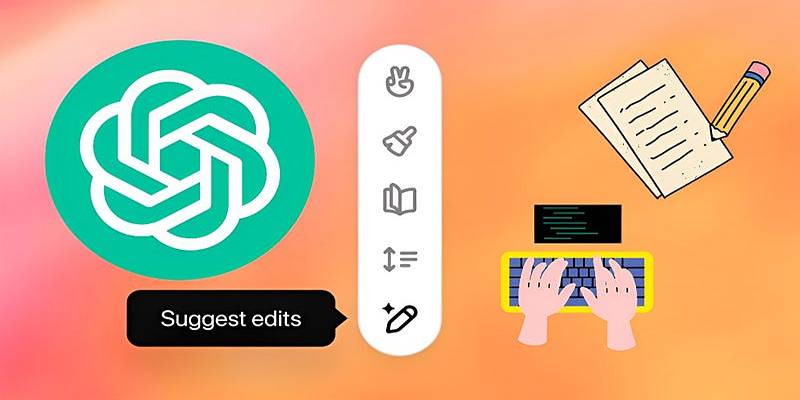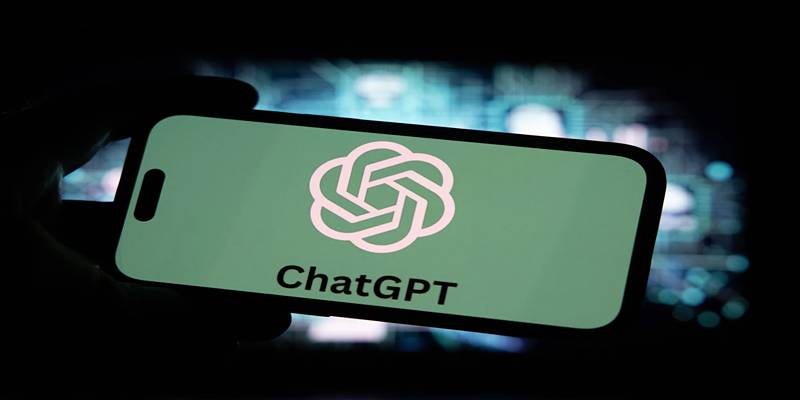Artificial intelligence is quickly changing how people find information and make it in today's digital world. Among the most powerful tools leading this change is ChatGPT. Whether you're a student, writer, developer, or business professional, using ChatGPT effectively can significantly enhance your productivity, creativity, and problem-solving capabilities.
But to truly get the most from ChatGPT, it's not enough to type a question and wait for an answer. There's a method to using this AI efficiently—one that involves knowing how to communicate with it clearly, guide its responses, and refine its output. This post offers a structured guide on how to use ChatGPT’s search functionality like a pro and make the most of your interactions.
Start With Intent: Clarify the Purpose
Before starting a session, users should define their goals. Are they looking for factual information, brainstorming help, editing support, or technical advice? By understanding the purpose beforehand, it's easier to construct a clear prompt that leads to a more accurate result.
When seeking research-based information, clarity in asking for summaries, lists, or overviews helps narrow down the AI’s scope. If the objective is to rewrite or enhance existing content, specifying tone and format increases the relevance of the output.
Structure Matters: Be Direct and Clear
Using structured language when initiating a query helps guide the AI’s focus. Avoiding vague or broad requests ensures that ChatGPT can generate more relevant responses. Instead of requesting general insights, specifying what aspect or angle to focus on leads to more tailored and effective responses.
If the initial output misses the mark, refining the request can help. A slight rewording or adding more detail about the desired outcome usually improves the response significantly.
Iteration Is Key to Precision
Rarely does the first result need to be the final one. One of the strengths of ChatGPT is its ability to engage in follow-up questions and revisions. Users can continue the interaction by rephrasing, adding context, or redirecting the conversation.
This iterative process allows for fine-tuning. Whether it's seeking a shorter version of the content, improving the tone, or requesting additional clarification, each follow-up helps shape the result into exactly what’s needed.
Guide the Style, Format, and Output Length
Users who are clear about their formatting preferences tend to get better results. Stating whether the output should be a paragraph, list, summary, or bullet points can make a significant difference.
Moreover, specifying tone (formal, conversational, technical) and desired length (summary vs. in-depth explanation) helps ChatGPT generate responses that are aligned with the intended use—whether it’s for business content, educational material, or casual conversation.
Don’t Skip Context: It Matters

Adding context provides the AI with essential information for generating better answers. For instance, asking for content meant for a beginner audience versus an expert user will lead to very different responses. The context might include audience type, industry, topic familiarity, or the intended platform (e.g., blog post vs. internal report).
While ChatGPT can infer a lot from phrasing, offering extra context reduces ambiguity and improves the accuracy of the response.
Train the AI With Your Preferences Over Time
ChatGPT adapts to ongoing interaction. Frequent users can develop a “conversational rhythm” where the model starts to better align with their tone, writing style, and content structure preferences. Repetition, consistent language use, and corrections help the model adjust and fine-tune its responses in future interactions.
While it doesn't learn permanently from users (due to privacy and safety policies), within a single conversation session, the model can hold onto information and apply it to later answers—making complex, multi-step tasks more efficient.
Use Controlled Prompts for Smarter Results
Controlled prompting refers to embedding specific instructions within the request. These might include constraints like word count limits, focus areas, or even stylistic preferences. While ChatGPT doesn’t require commands, adding directional phrases like "keep it concise" or "use bullet points" steers the generation process effectively.
Instead of relying on open-ended commands, including parameters in the request creates structure. It tells the model exactly what kind of result the user expects, minimizing irrelevant content.
Ask for Clarification and Summaries When Needed
In longer or technical responses, users may feel overwhelmed or unsure about certain sections. ChatGPT can clarify its answers or provide summaries of longer explanations. This feature is especially useful for quick learning, digesting complex subjects, or reviewing lengthy content in a short time. Prompting the model to “break it down” or “restate simply” is a helpful tactic when facing dense or confusing output.
Use Follow-Up Queries to Refine Search Accuracy
A key trait of expert-level ChatGPT usage is the ability to refine outputs through purposeful follow-up queries. Initial responses may not always fully align with the user’s expectations or cover the desired depth. Instead of restarting the query process, users can build on the existing interaction by offering clarification, adjusting focus, or requesting additional detail.
This method of refining searches ensures that each response is progressively aligned more closely with the original intent. By continuing the conversation with focused adjustments, users can transform broad or generic answers into content that is highly specific and useful.
Evaluate and Improve Prompt Strategy

Learning how to communicate with ChatGPT is a skill that improves with practice. Observing which prompts produce the most useful results allows users to optimize future interactions.
Paying attention to language, tone, and instruction detail can enhance effectiveness across various use cases—from content creation to research assistance and technical support. Users who reflect on what works—and what doesn’t—can develop their prompt style that consistently yields high-quality answers.
Conclusion
ChatGPT is far more than a Q&A tool—it’s a versatile AI assistant capable of transforming how individuals access knowledge, brainstorm ideas, or execute creative projects. By learning how to craft thoughtful prompts, provide relevant context, and iterate effectively, users can elevate their experience from basic usage to expert-level engagement.
Mastering ChatGPT search isn’t about complexity—it’s about clarity, control, and consistency. With the right approach, ChatGPT becomes not just an assistant but a trusted extension of one’s thought process and productivity toolkit.











